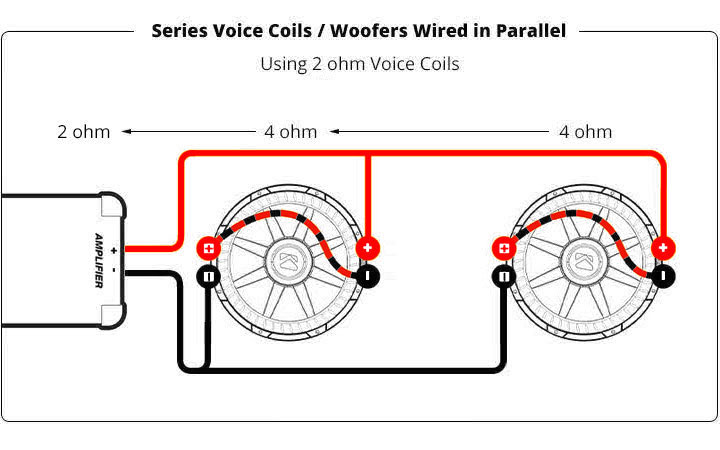Connecting the Dots: Seamless Subtitling Transitions

In the increasingly globalized landscape of film and television, subtitles have become more than just an accessibility tool; they are a bridge connecting diverse audiences to stories from around the world. But what happens when those subtitles themselves become disjointed, jarring the viewer out of the narrative flow? This exploration delves into the often-overlooked art of creating seamless transitions between subtitles, ensuring a cohesive and immersive viewing experience.
Consider the experience of watching a foreign film, deeply engrossed in the unfolding drama. Suddenly, a subtitle appears abruptly, cutting short a poignant moment or overlapping with crucial dialogue. The spell is broken. This is where the subtle yet powerful technique of bridging subtitles comes into play. It’s the art of ensuring that the text on screen complements, rather than disrupts, the narrative's rhythm.
The practice of subtitling, while seemingly modern, has roots stretching back centuries, to the silent film era. Intertitles, essentially early forms of subtitles, were used to convey dialogue and narrative information. As technology advanced, so did subtitling techniques, evolving from simple text overlays to the complex, timed art form we know today. The rise of global streaming platforms has further amplified the importance of well-crafted subtitles, making them an essential component of international content distribution.
One of the primary challenges in subtitling lies in balancing the need to convey information concisely with maintaining the natural flow of dialogue. Subtitles that appear too quickly, linger too long, or overlap awkwardly can disrupt the viewing experience. Bridging subtitles effectively involves carefully considering timing, placement, and the overall pacing of the on-screen text to create a harmonious relationship between the visual and textual elements.
Bridging subtitles involves techniques for ensuring a smooth transition between one subtitle and the next, minimizing disruption and enhancing comprehension. This includes careful timing of subtitle appearances and disappearances, managing the length and placement of subtitles, and using techniques like line breaks and phrasing to create a natural reading flow. For example, breaking a long sentence into two shorter subtitles that appear consecutively can make the text easier to process without interrupting the visual narrative.
A benefit of smooth subtitling transitions is increased comprehension. By avoiding abrupt changes and visual clutter, viewers can easily follow the dialogue and narrative, enhancing their understanding of the story. Another advantage is improved immersion. Well-timed subtitles become an integrated part of the viewing experience, allowing the audience to become more fully absorbed in the story's world. Finally, bridging subtitles demonstrates respect for the viewer by prioritizing a comfortable and enjoyable experience.
Creating an effective subtitle bridge starts with understanding the source material. Analyze the dialogue's pacing and the visual context to determine the optimal timing and placement of subtitles. Next, focus on phrasing and line breaks, ensuring the text flows naturally and is easy to read. Finally, test the subtitles with a diverse audience to gather feedback and make any necessary adjustments. A successful example might involve breaking a long sentence spoken during a slow camera pan into two shorter subtitles, each timed to appear as the camera focuses on different elements of the scene.
Advantages and Disadvantages of Effective Subtitling
| Advantages | Disadvantages |
|---|---|
| Increased comprehension | Time and resource intensive |
| Improved immersion | Potential for translation errors |
| Enhanced accessibility | Can be distracting for some viewers |
Best practices for implementing effective subtitling include: 1. Maintain reading speed: ensure the subtitles appear long enough to be read comfortably. 2. Avoid overlapping dialogue: time the subtitles so they don't obscure important visual elements or clash with spoken words. 3. Use clear and concise language: avoid jargon or complex sentence structures. 4. Maintain consistency: use a consistent font, size, and style throughout the subtitles. 5. Test and refine: gather feedback from viewers and adjust the subtitles as needed.
One common challenge is dealing with fast-paced dialogue. A solution is to condense the text while preserving the core meaning. Another challenge is handling cultural nuances in language. The solution is to consult with native speakers or cultural experts to ensure accurate and sensitive translations.
FAQ: 1. What is subtitling? 2. Why is bridging subtitles important? 3. How can I improve subtitle readability? 4. What are some common subtitling mistakes? 5. What software can be used for subtitling? 6. How can I ensure accuracy in translation? 7. What are the different types of subtitles? 8. What are the current trends in subtitling?
Tips for bridging subtitles include paying close attention to the rhythm of the dialogue, using line breaks strategically to enhance readability, and avoiding abrupt transitions between subtitles.
In conclusion, the art of bridging subtitles is essential for creating a truly immersive and accessible viewing experience. By carefully considering the timing, placement, and phrasing of subtitles, we can create a seamless bridge between language and visuals, allowing stories to transcend cultural barriers and resonate with audiences worldwide. This seemingly small detail can significantly impact the viewer’s comprehension, enjoyment, and overall appreciation of the content. As our world becomes increasingly interconnected, the importance of effective subtitling will only continue to grow, enriching the global exchange of stories and ideas. Mastering the nuances of bridging subtitles allows creators to craft a viewing experience that is both engaging and respectful of the audience, ensuring that the power of narrative remains uninterrupted and universally accessible. This commitment to crafting seamless subtitles ultimately strengthens the connection between storytellers and their audience, fostering a deeper understanding and appreciation across languages and cultures.
Unleash your inner ghoul a deep dive into drawing scary characters
Ultimate guide to waterproof mattress protectors reviews and more
Unlocking the power of the soccer ball grip









